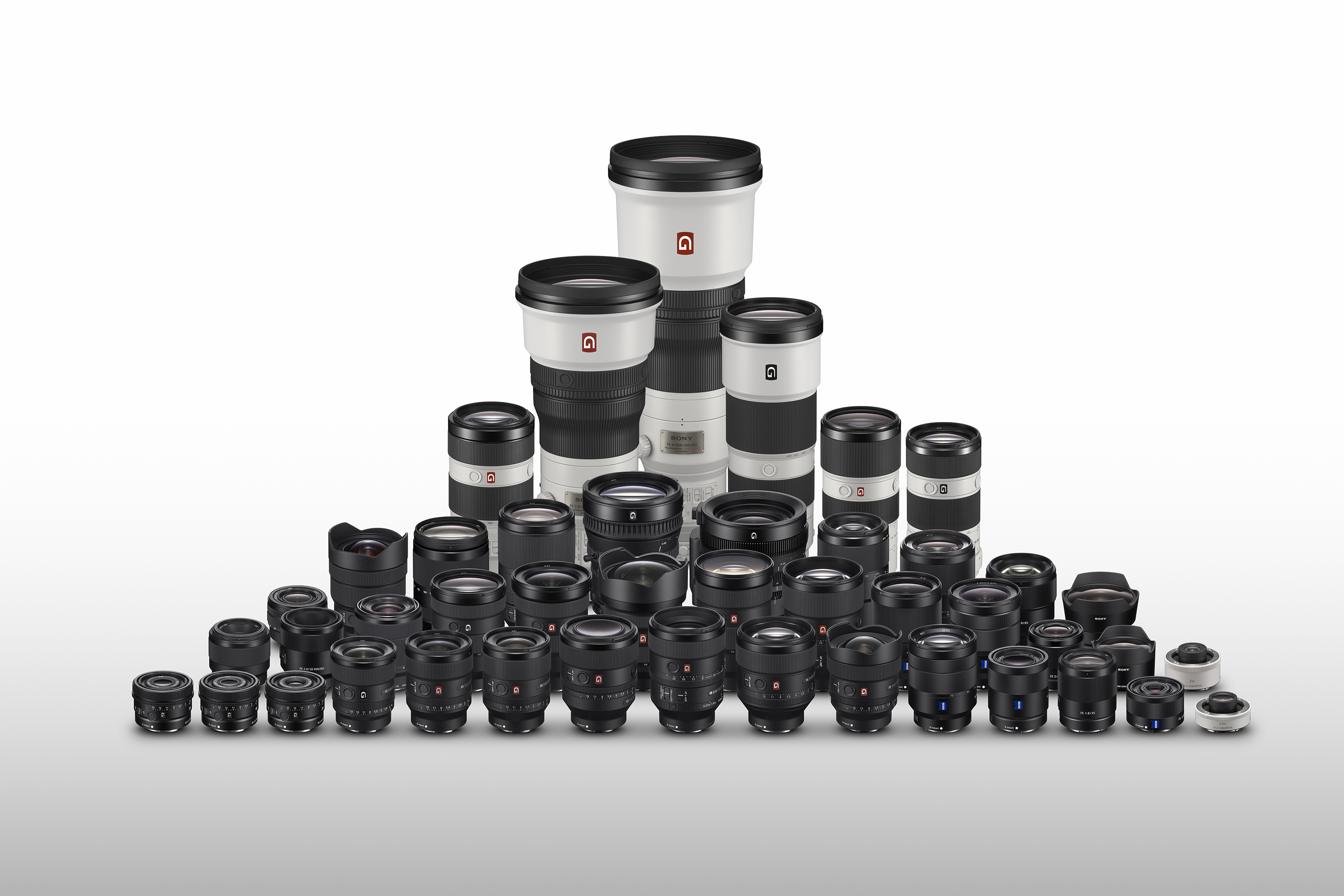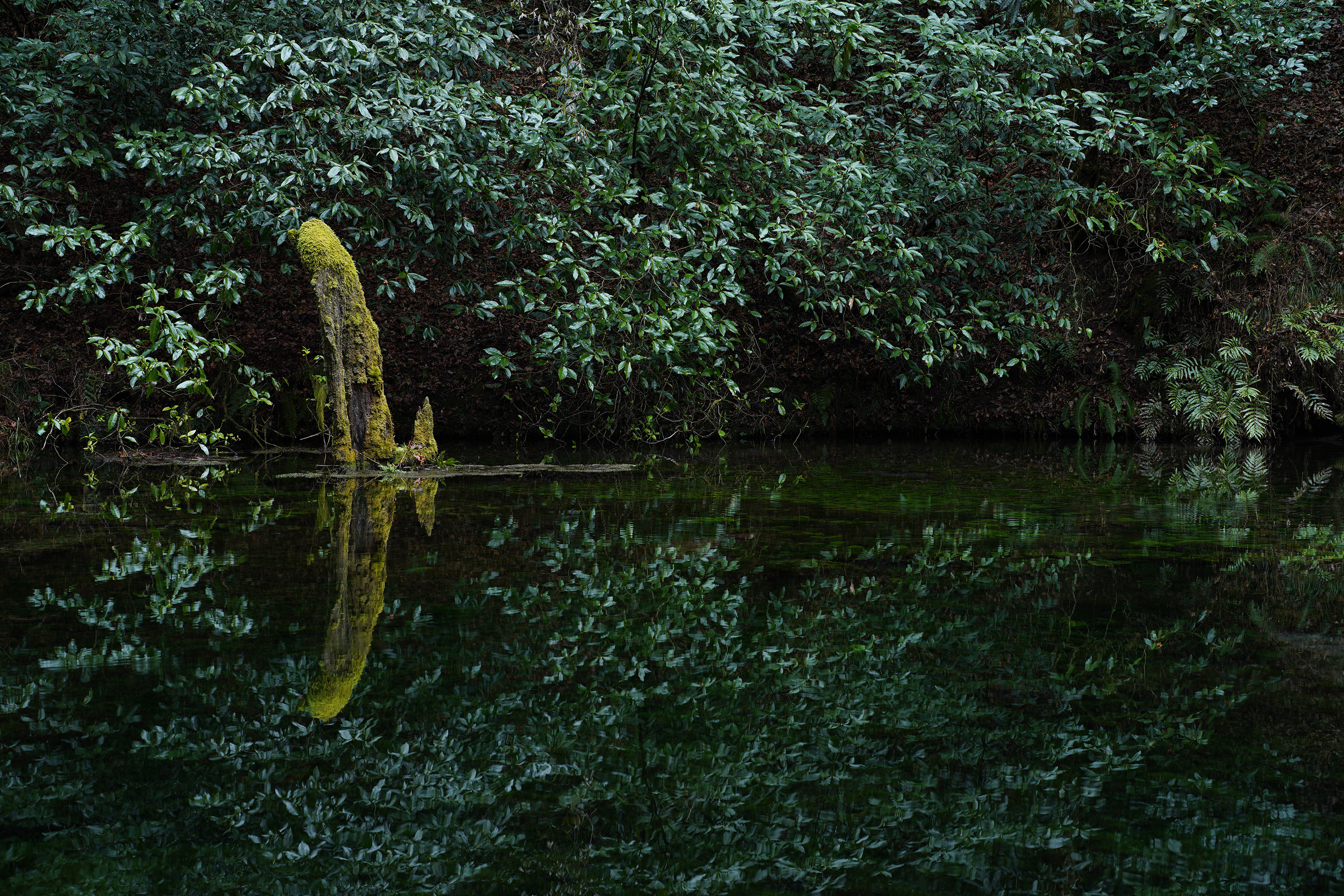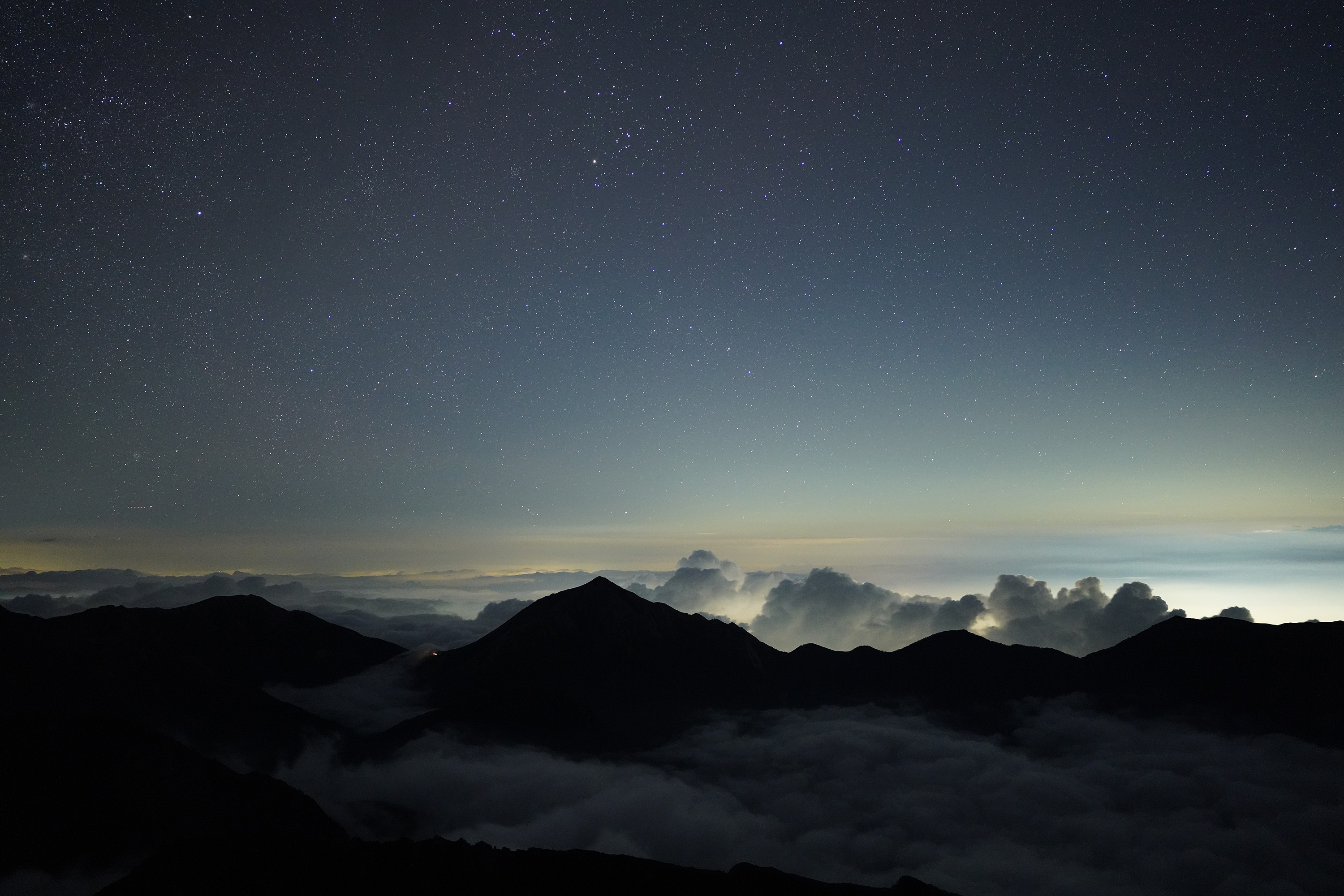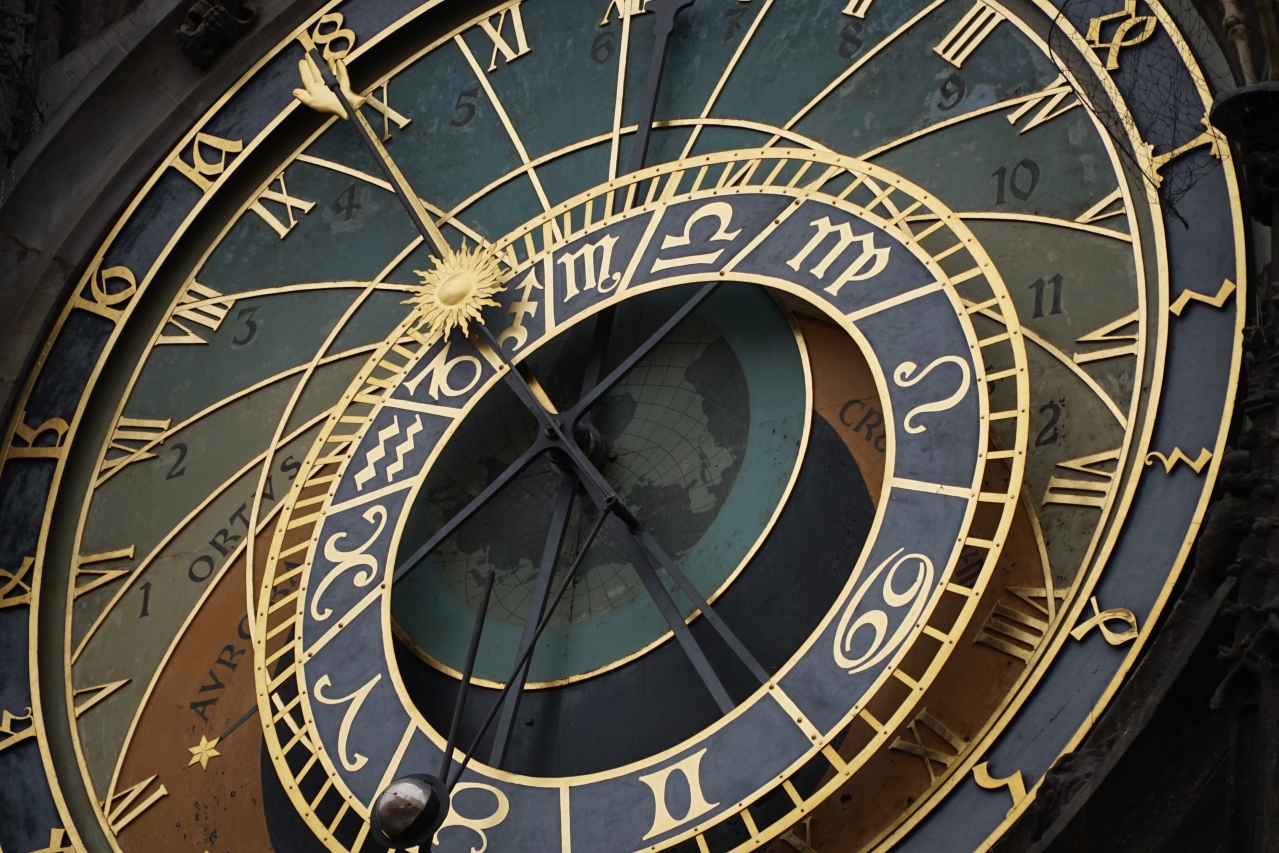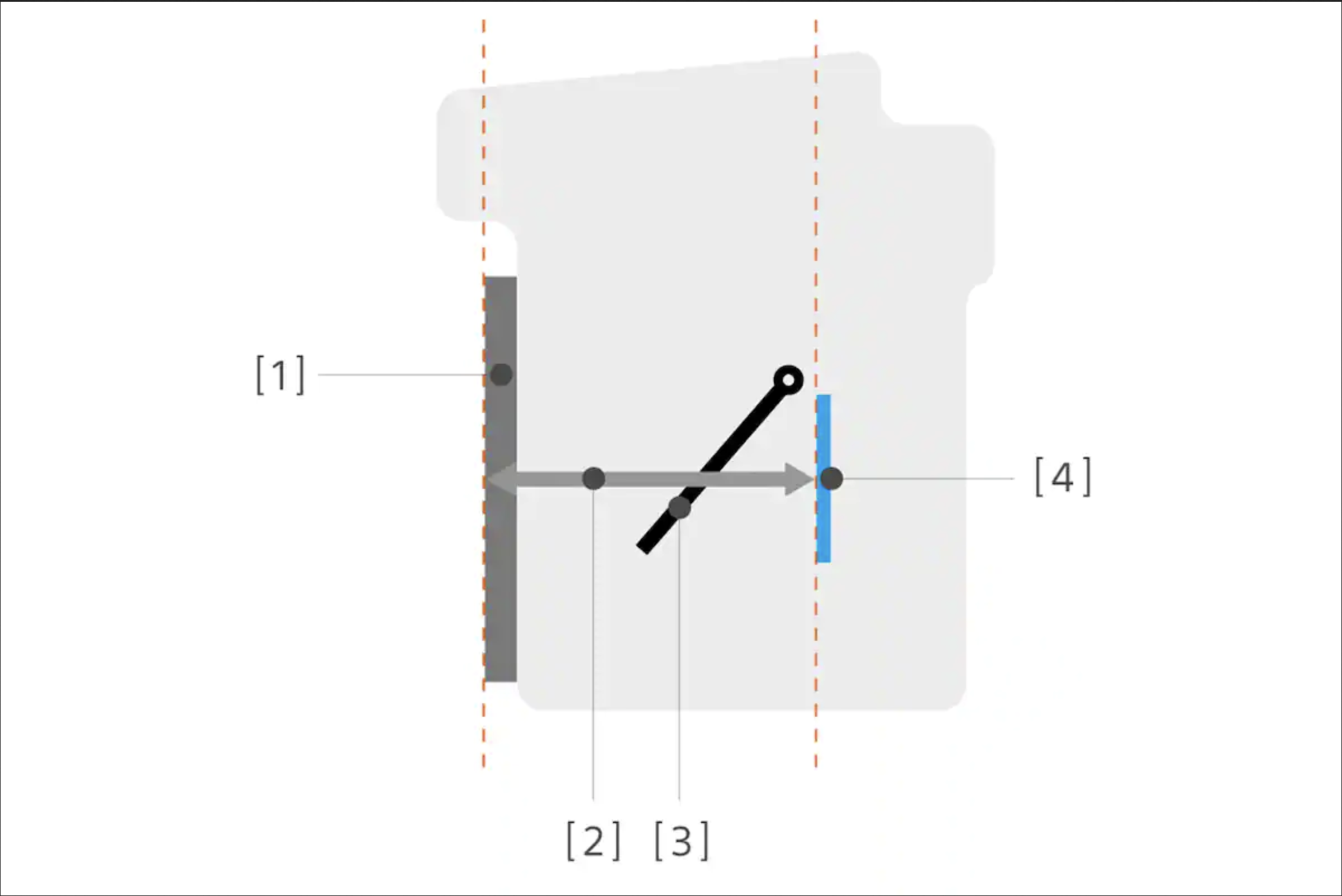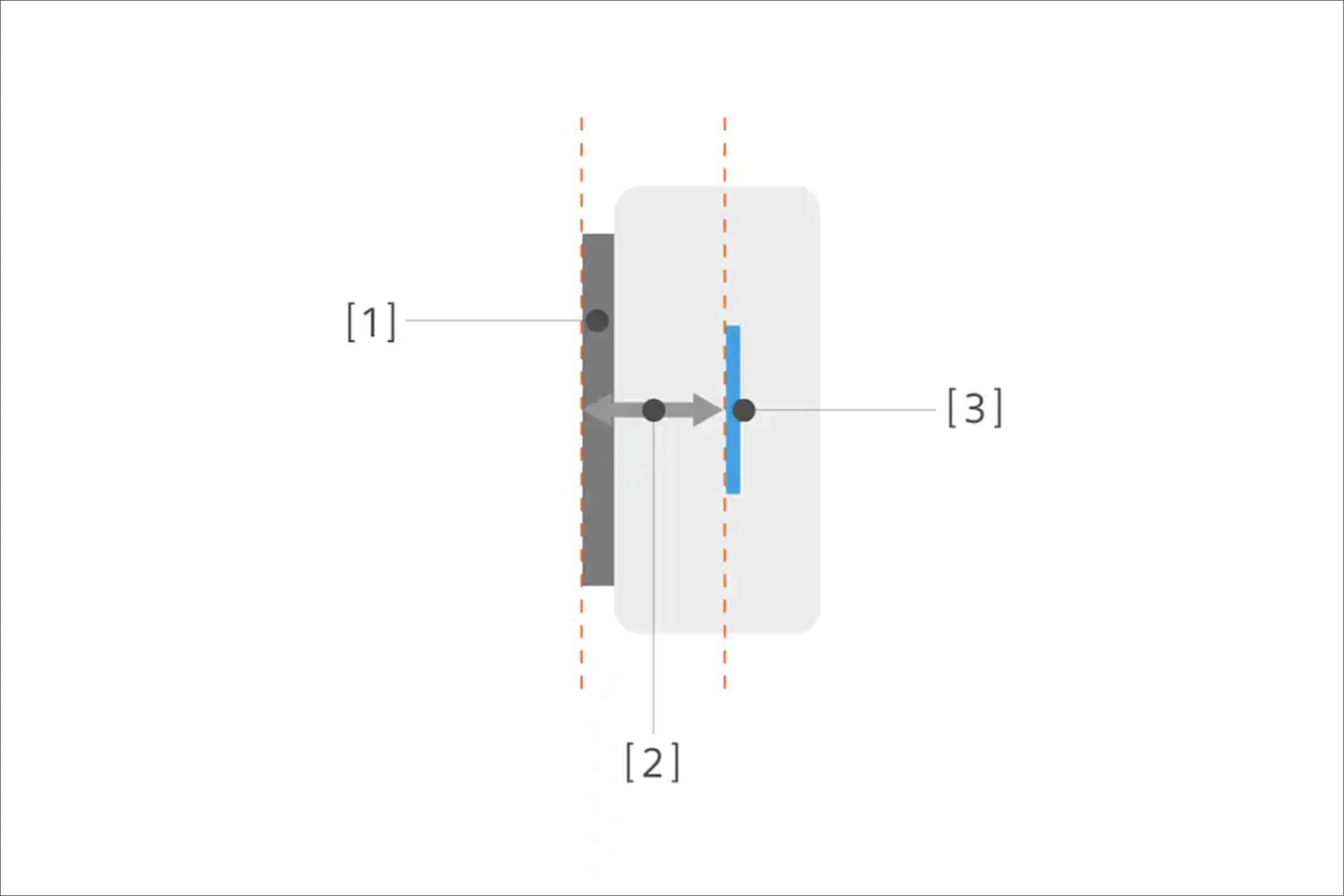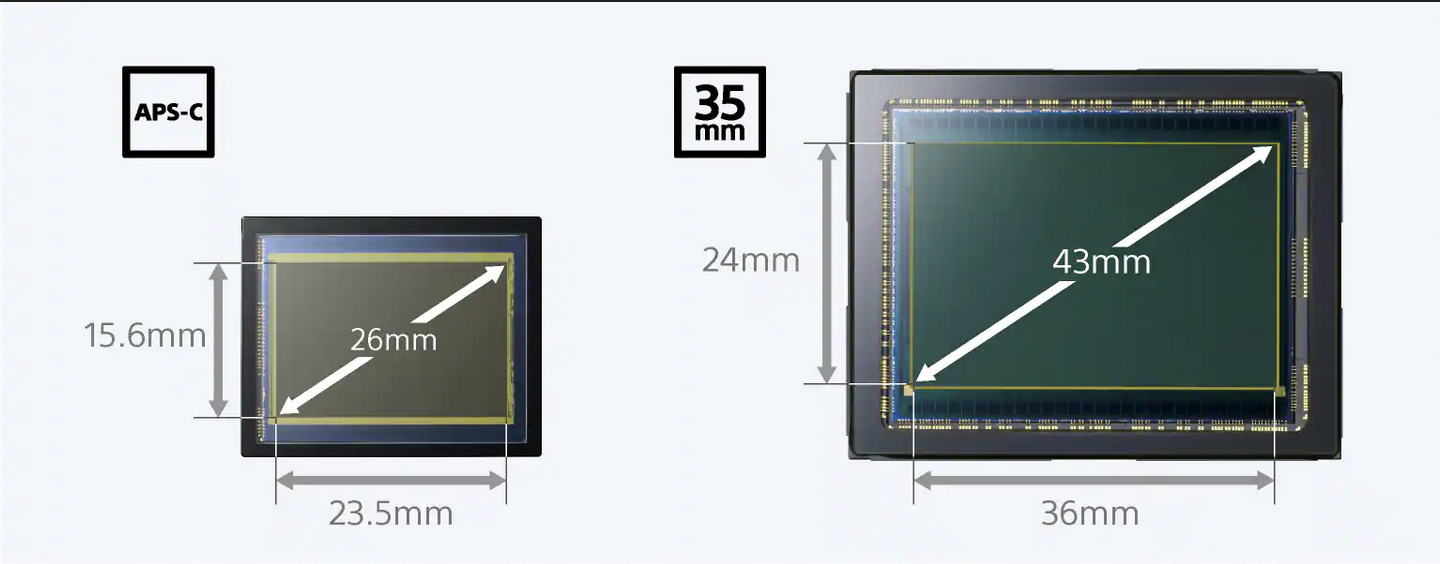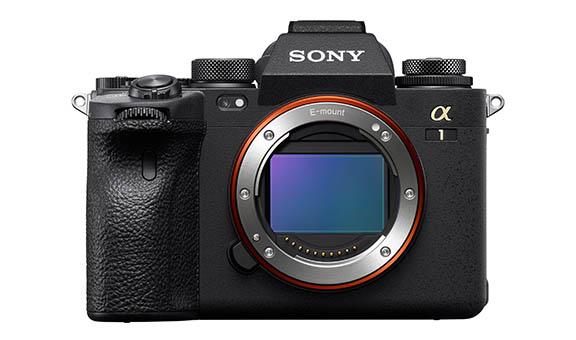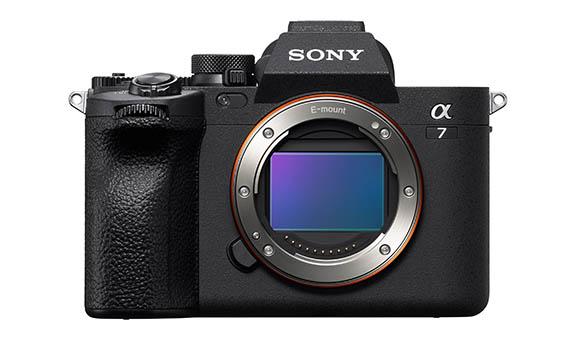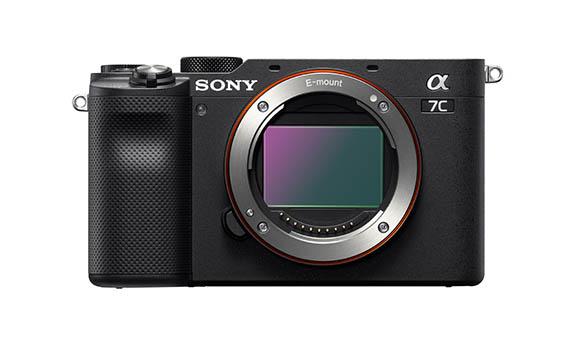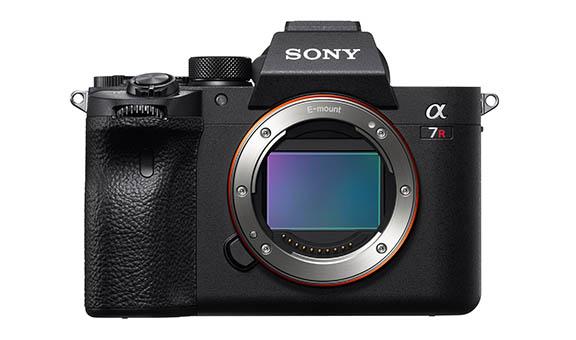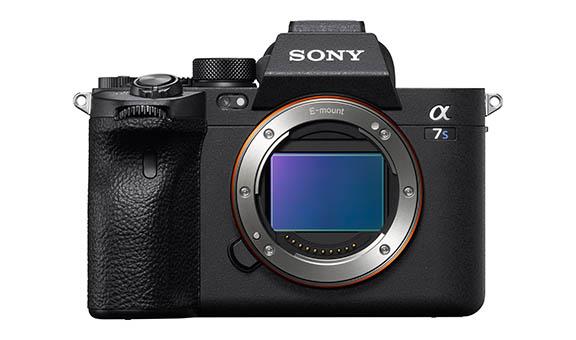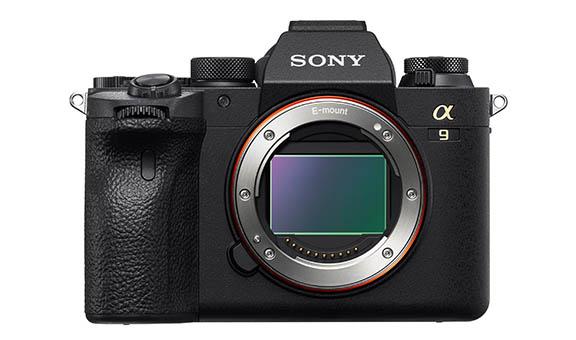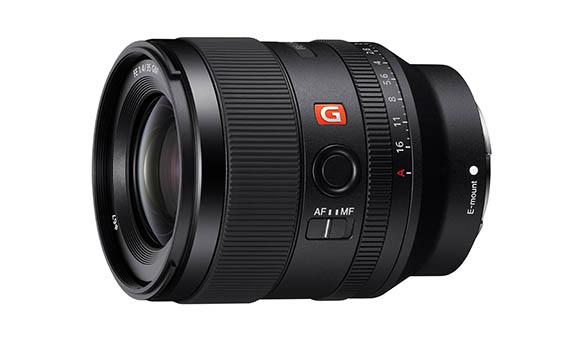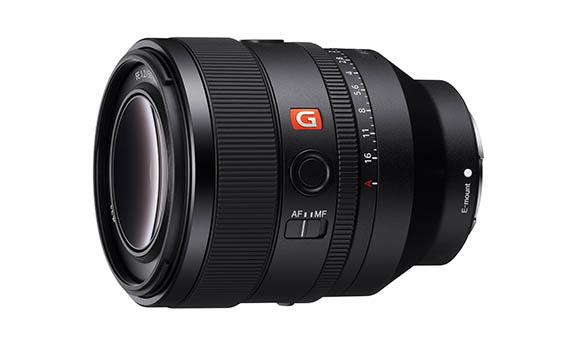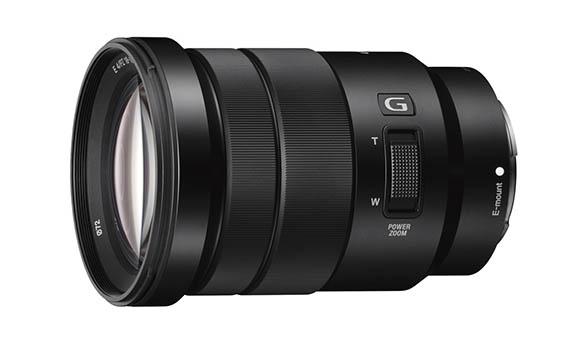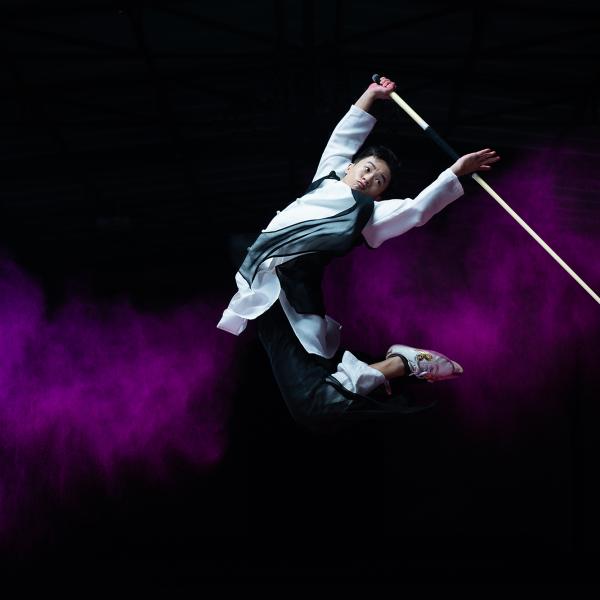A beginner’s guide to camera lenses
Knowing your camera doesn't just mean what's in it, but what's happening inside it as well, and this includes your camera lenses. Mastering the art of knowing the different lenses and when to use them is as important as knowing how your camera works. Knowing what kind of camera lens you want to use can make a difference in your photos.
This guide will take you through several things:
- Aperture and depth of field
- Focal length, angles, and perspective
- Lenses and sensor formats
Aperture and depth of field
Aperture is known as the “iris” of the camera. It is an opening in the camera lens that can vary in size depending on what you set it to. It is one of the three main settings that control your exposure, the others being your shutter speed and sensitivity.
The aperture of your camera controls your depth of field (DOF). DOF refers to the range of distance between the nearest and farthest objects that are acceptably sharp in focus in an image. A narrow DOF would, for example, be a portrait shot with the background nicely out of focus. A wide/deep DOF would have everything in the camera in focus, from right in front of the lens to several kilometres away.
The measurement of aperture is denoted in “f-stops”. The smaller the f-number, the bigger the aperture. The standard f-numbers you’ll use with camera lenses are, from larger to smaller apertures: 1.4, 2, 2.8, 4, 5.6, 8, 11, 16, 22 (which depend on your lens specifications)
Focal length, angles, and perspective
Focal length is one of the primary considerations when choosing a lens for a specific type of photography. The focal length determines the magnification and angle of view. A longer focal length means higher magnification and vice versa.
Focal length is defined as the distance, in millimetres, between the optical centre of the lens and the camera’s sensor (or film plane).
The angle of view refers to the number of frames captured by the camera and is determined by the focal length and sensor format.
And finally, we get into perspective. It is the camera’s point of view and is determined exclusively by the position you are taking photos from. The focal length of a lens doesn’t directly affect the perspective. Whether you’re using a 16mm ultra wide-angle lens or a 90mm long-focus lens, the camera’s position is the only thing that controls perspective.
Lenses and sensor formats
There are two types of lens mount systems specifically for our cameras: A-mount and E-mount. A-mount is the standard for Translucent Mirror camera bodies, while E-mount is used for mirrorless models.
E mount cameras have full-frame and APS-C sensors options. Full-frame is considered a large format, while APS-C is a smaller format than full-frame.
Usually, lenses are chosen to match the sensor format, though different combinations can be used to vary the crop area and angle of view.
Hopefully, this gives you a deeper understanding of what goes on in your camera to help you take even better photos. It may also give you some inspiration on how to take some creative and expressive shots. Keep shooting and improving!
